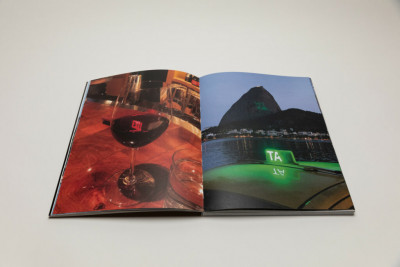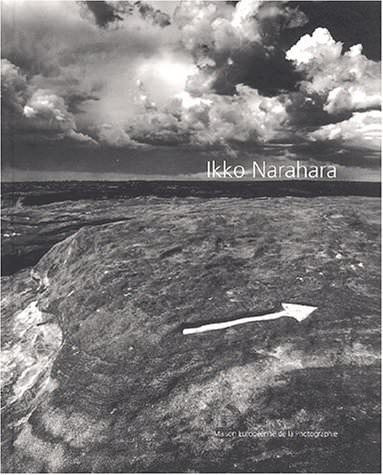- Monographie
Chaves – Bem-vindo ao Rio / Welcome to NYC

€80.00 TVA incluse
Rupture de stock
Marcos Chaves, an artist from Rio de Janeiro, is the most recent photobook by Familia Editions, a publishing initiative led by Maria Lago. Based in Madrid, Lago works with contemporary artists from her native Brazil, publishing one-of-a-kind artist’s books produced in close collaboration with artists, from the original concept to the final production. The artists supported by Familia Editions work in a range of diverse artistic areas, including drawing, painting, performance, installation, and photography.
Lago and Chaves, both authentic “cariocas”, started an informal conversation about a potential book back when they both lived in New York, and that dialogue continued over the next few years as they both moved on to other places. The final result is a product of this ongoing discussion and their mutually fond memories of New York and Rio.
Like other books in Familia’s collection, Bem-vindo (ao Rio) / Welcome (to NYC) is exceptionally produced, and its design is executed with understated elegance. The book has a striking cover; printed with a mirrored paper finish, a silvery black and white photograph shows two door mats next to each other: the one with the word “bem-vindo” appearing on the front cover, and the English version “welcome” on the back. The image playfully represents the title of the book, while its reflective surface reinforces the idea of an active dialogue and interaction between two places, Rio and NYC. There are no texts, no explanations, no captions, nor any other design elements to distract us, allowing the full-bleed images to simply flow from spread to spread. The book easily lays flat, making the interaction even more enjoyable.
The visual narrative of this photobook unfolds in an effortless yet assertive way. The back-and-forth conversation between two places is created through colors, visual references, and witty observations. The edit and sequencing pay particular attention to form and rhythm, while also allowing for surprising connections. On their own, some of the individual photographs might not be entirely attention grabbing, but when assembled together in book form, they offer a captivating here-and-there story.
The book opens with a full spread photograph of a saucer-shaped form balancing on a rock by the ocean with a city in the background; this is one of Rio de Janeiro’s most famous landmarks, Museu de Arte Contemporânea, designed by Oscar Niemeyer. This is followed by another full spread, where the peak of the iconic Empire State building is reflected, distorted, and blurred in the glass surface of a nearby skyscraper. And then the two places, NYC and Rio, appear together in a spread pairing colors and letters, with a glass of red wine on a bar counter with the word “exit” reflecting inside of it, and a shot of a taxi roof as the two green dotted letters “TA” reflect off its roof and project on Rio’s Sugarloaf Mountain. This strong opening makes it clear that this visual portrayal of two cities will be something far from their conventional representation.
Chaves is particularly interested in the unexceptional and overlooked moments of daily life, and uses them to reveal the extraordinary hidden within banality. One spread connects a photo of a bench in Central Park with a plaque reading “I remember you every day” with an image of of mosaic wall near Copacabana Beach, with a tiny Brazilian flag is visible in the distance; both pictures are crisply bisected, with the bench aligning perfectly with the top of the wall, making a formal connection between the two photographs. A couple of spreads later a shot of the four white ventilation pipes is paired with a black and white image of a sink and urinal connected by a pipe. Similar shapes and colors make these two at first unrelated photographs mirror each other.
While Chaves leaves plenty of hints to orient ourselves between two places, an occasional splash of uncertain connection is also exciting. One spread pairs a vertical photo of a darker sand path on a beach, with a night picture in New York where criss-crossed scaffolding tubes and the fluorescent lights above form a similar kind of tunneled pathway. In another, a row of street lamps dotted with birds is matched with tree branches covered with hanging shoes. In Chaves’s urban study, there are clever visual echoes and unexpected repetitions everywhere we look, and both cities are full of a similar kind of life and human energy.
As a hybrid two-city photobook, Bem-vindo (ao Rio) / Welcome (to NYC) is a thoughtfully designed and beautifully produced object, and just as the title suggests, it takes us on a welcoming visual stroll between NYC and Rio. Chaves is an observant guide, and his pairing of images from the two locations creates a parade of exciting resonances and playful visual jokes. The result is a visually engaging set of visual memories, crafted into something rhythmically propulsive.


